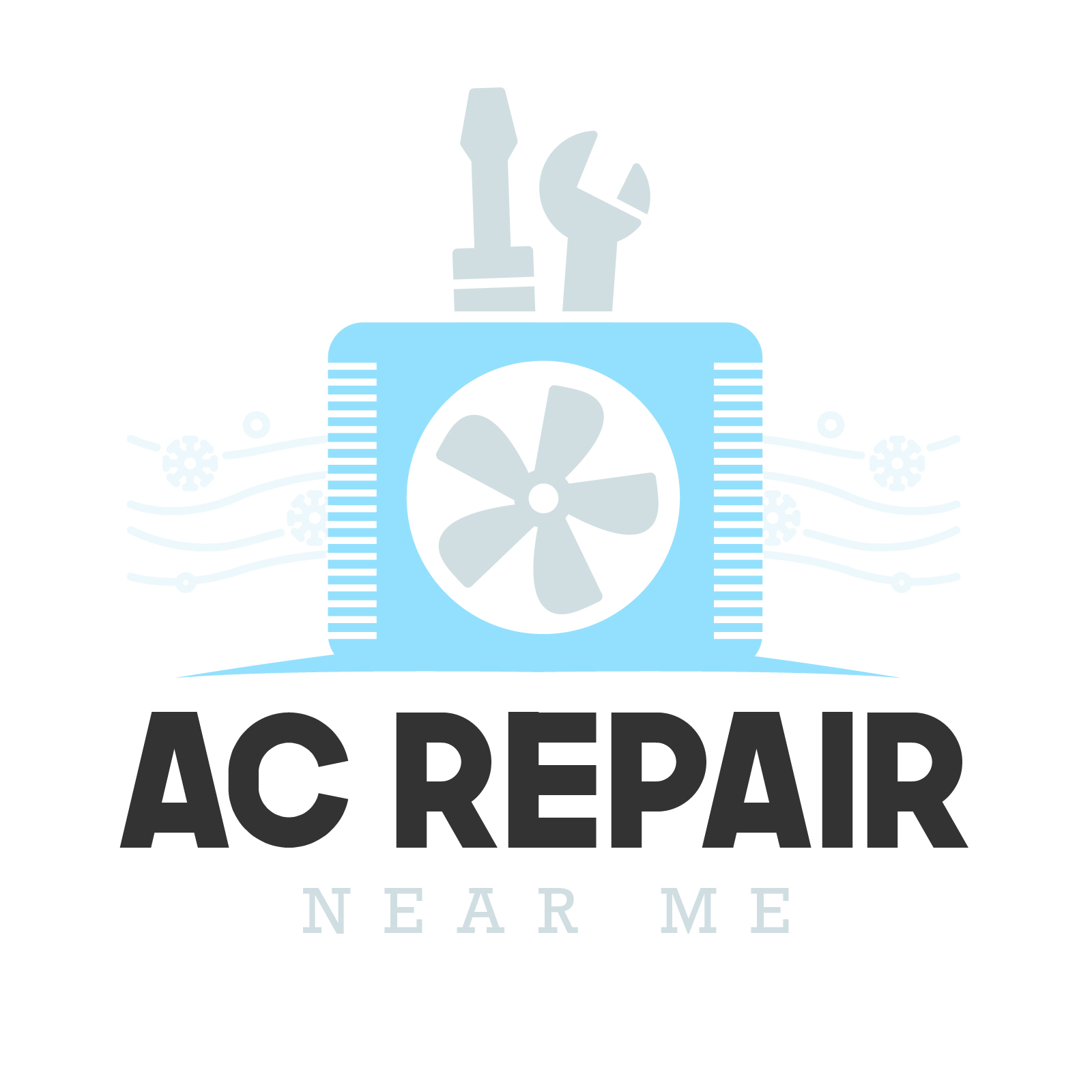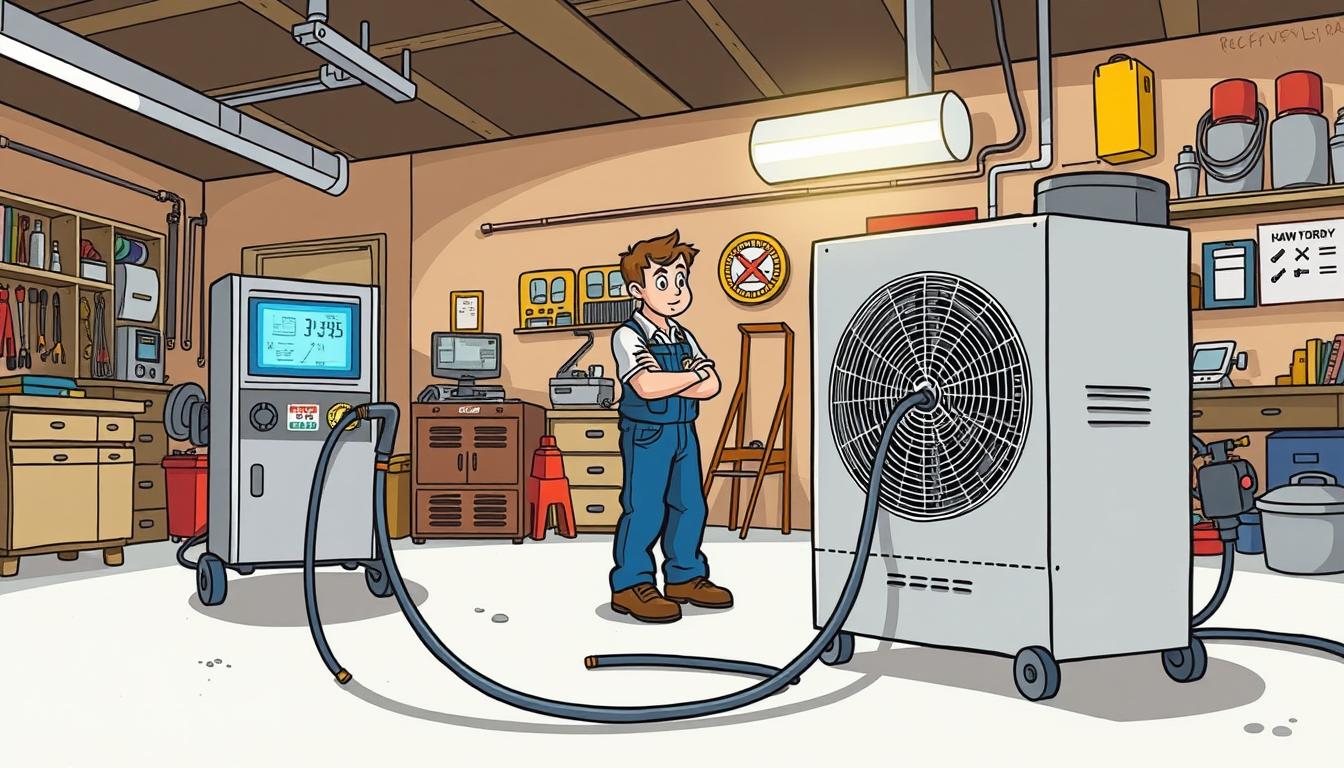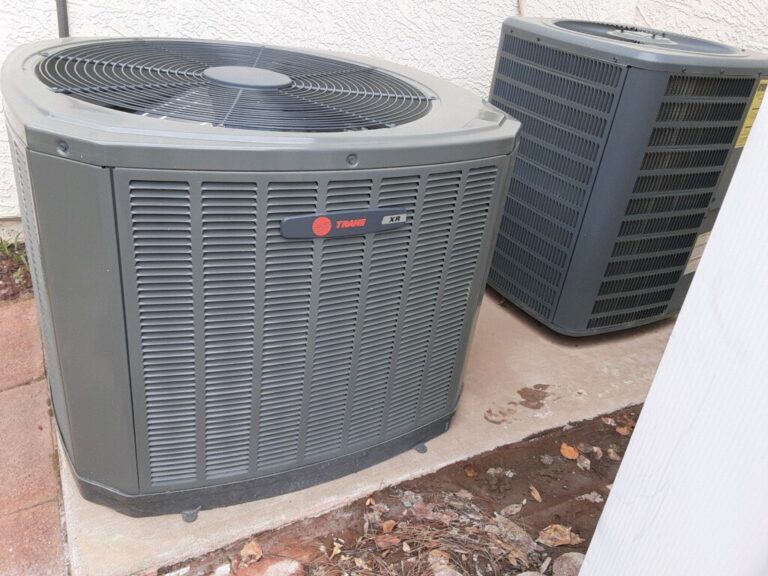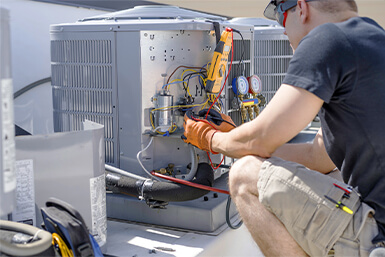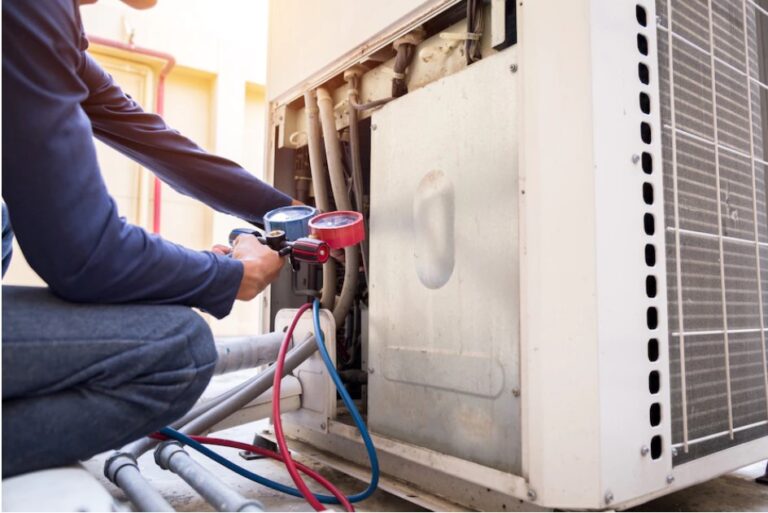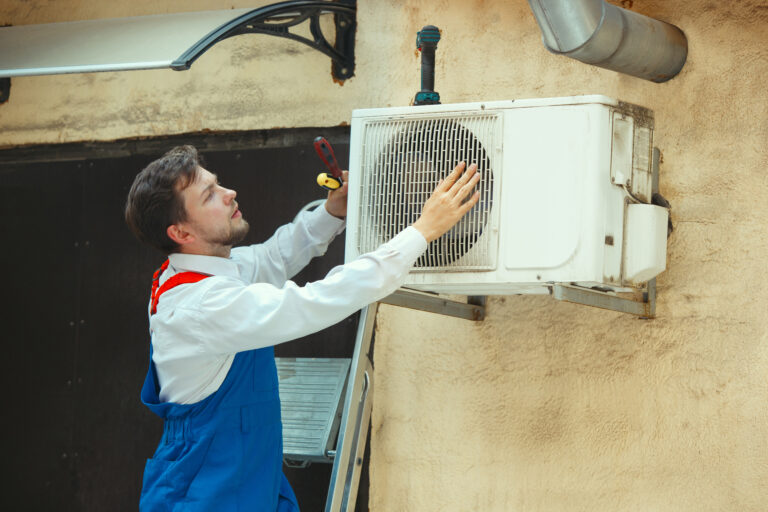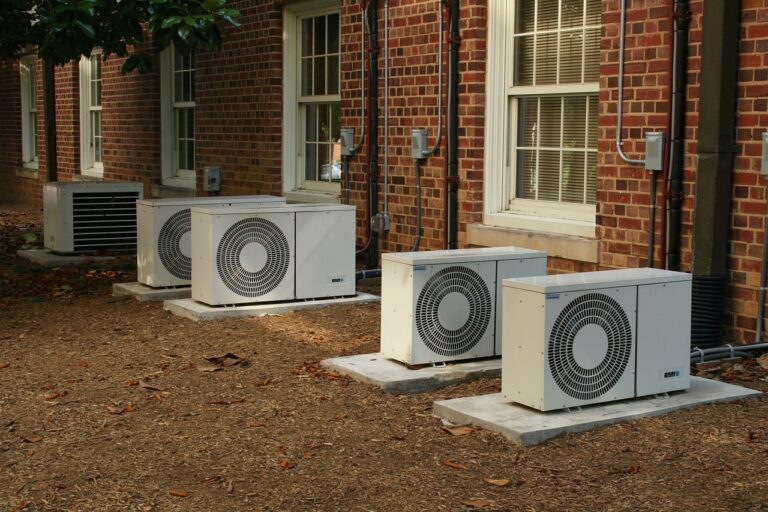How Much Does It Cost to Recharge Your AC with Freon in Arizona?
Living in Arizona’s extreme desert climate means your air conditioning system works overtime, which can lead to refrigerant leaks and the need for a recharge.
Understanding the factors that affect the cost of recharging your AC is crucial for homeowners facing cooling issues during the scorching summer months.
The average cost of a Freon recharge in Arizona can range from $100 to $600, with most homeowners paying around $300.
This comprehensive guide will break down the costs involved and explore why refrigerant costs have increased in recent years.
Key Takeaways
- The average cost of recharging an AC system in Arizona is $300.
- Refrigerant leaks can lead to increased costs if not addressed promptly.
- The type of refrigerant used affects the overall recharge cost.
- Proper maintenance can help avoid unnecessary expenses.
- Regional price variations exist across Phoenix, Tucson, and other major cities.
Understanding AC Refrigerant: What Is Freon?

Freon, a term commonly used in the context of air conditioning, refers to a type of refrigerant that plays a crucial role in cooling your home. The refrigerant is the substance that circulates through your air conditioner system, absorbing heat from the indoor air and transferring it outside.
To understand the significance of Freon, it’s essential to look at its evolution and the types of refrigerants used in modern AC units.
The Evolution from Freon to Modern Refrigerants
The term “Freon” originally referred to a specific brand of refrigerant, R22, manufactured by DuPont. However, due to environmental concerns and the phase-out of R22, the industry has shifted towards more eco-friendly alternatives. R410A, also known as Puron, has become the standard refrigerant in newer air conditioning systems.
Common Types of Refrigerants Used in Arizona Homes
In Arizona, most residential AC units now use R410A refrigerant due to its better heat transfer properties, ideal for the state’s extreme temperatures. Some common types of refrigerants include:
- R410A (Puron), the standard in most newer air conditioner units.
- R22 (Freon), still found in older systems, though its availability is limited.
- R32, an emerging refrigerant with lower global warming potential.
- R407C, used as an alternative to R22 in some retrofit applications.
Average Freon Recharge Cost in Arizona
Understanding the average cost of a Freon recharge in Arizona is crucial for homeowners looking to maintain their AC systems. The cost can vary based on the type of refrigerant used, the size and age of the AC unit, and labor costs.
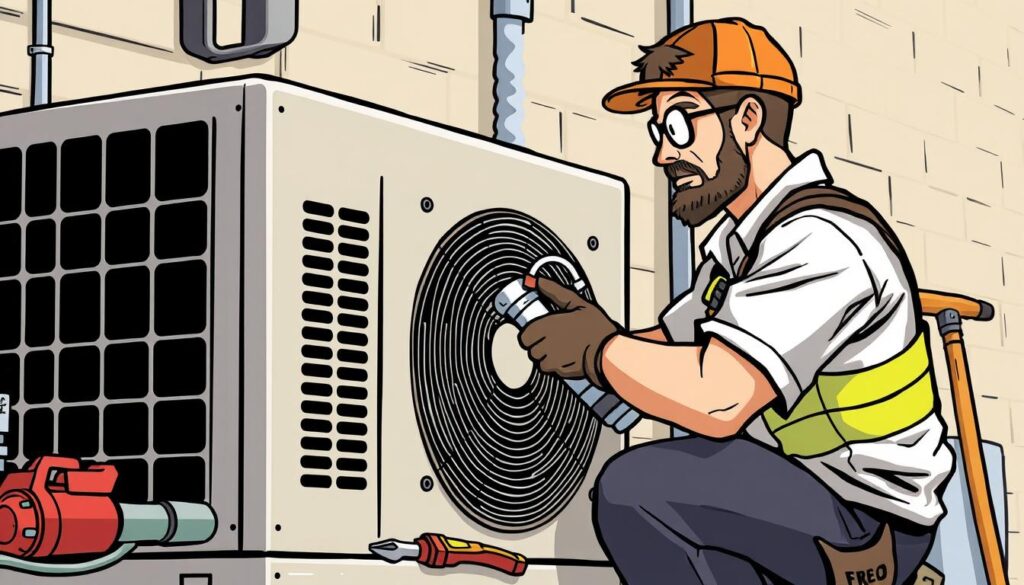
Pricing for Modern Refrigerants
The most common refrigerant used in modern AC systems is R410A. The cost of R410A refrigerant is generally lower than its predecessor, R22, due to its more efficient production and wider availability.
R410A costs between $4 to $8 per pound wholesale, and the total recharge cost, including labor, can range from $100 to $300.
Costs Associated with Older Systems
For older AC systems that still use R22 Freon, the recharge cost is significantly higher due to the phaseout of R22 production and the resultant supply shortage.
R22 Freon costs $13 to $21 per pound wholesale and can be as high as $100 to $150 per pound when installed. This makes recharging older systems quite expensive.
The high cost of R22 Freon often makes system replacement more economical than recharging, especially considering Arizona’s intense cooling demands. Homeowners with older systems may need to weigh the costs of recharging against the benefits of upgrading to a newer, more efficient AC unit that uses R410A refrigerant.
Factors Affecting Your Freon Recharge Cost
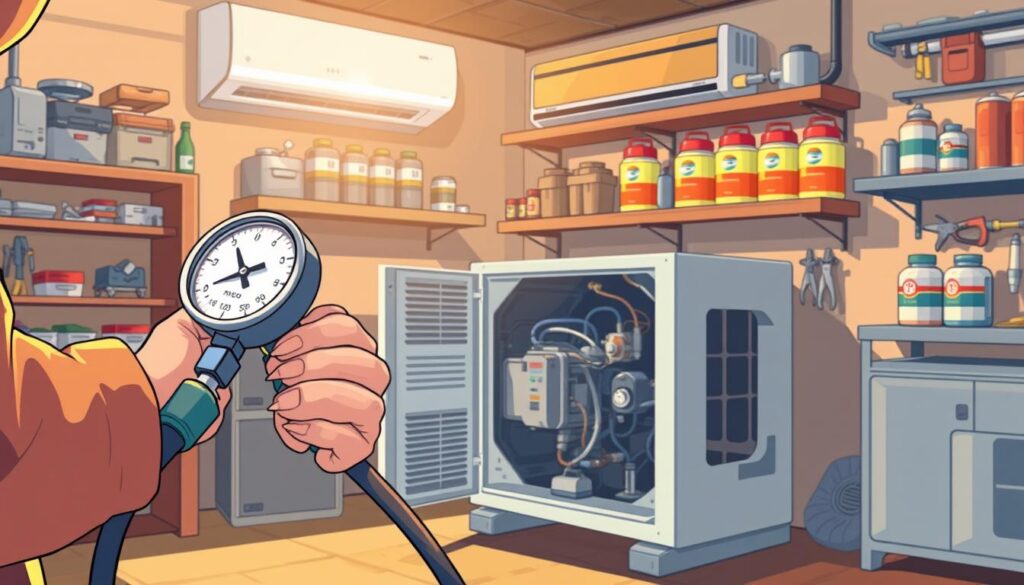
Understanding the variables that affect Freon recharge costs can help Arizona homeowners budget more effectively. The total cost of recharging your AC with Freon is influenced by several key factors.
Size and Type of Your AC Unit
The size and type of your AC unit play a significant role in determining the cost of a Freon recharge. Larger units typically require more refrigerant, increasing the overall cost. Additionally, different types of AC units may have varying refrigerant requirements.
Refrigerant Type and Amount Needed
The type and amount of refrigerant needed are crucial factors in calculating the total cost. Modern refrigerants like R410A are more environmentally friendly but can be more expensive than older types like R22. The amount needed depends on the extent of the recharge required.
Labor and Service Fees in Arizona
Labor costs in Arizona can vary significantly depending on the HVAC company and the complexity of the job. Local HVAC repair companies usually charge between $70 to $150 per hour for labor. A basic diagnostic or service call can cost anywhere from $75 to $200.
Seasonal Price Fluctuations in the Desert Climate
Arizona’s extreme summer temperatures create peak demand for AC services, often resulting in higher service rates during these months. Many HVAC companies implement seasonal pricing structures, charging premium rates during the summer rush and offering discounts during cooler months. Emergency service calls during heatwaves can cost significantly more.
Regional variations also exist within Arizona, with higher prices typically found in major urban areas like Phoenix and Tucson. Pre-season maintenance packages booked in early spring can offer discounted rates on potential refrigerant recharges, providing substantial savings for savvy homeowners.
Signs Your AC Needs a Freon Recharge
Is your AC not cooling as well as it used to? This could be a clear indication that it’s time for a Freon recharge. Several signs can indicate that your air conditioning system is running low on refrigerant.
Reduced Cooling Performance
If you notice that your home isn’t cooling down as quickly as it used to, it could be a sign of low refrigerant levels. This reduction in performance is often a direct result of the system’s inability to maintain the desired temperature due to insufficient Freon.
Unusual Noises from Your AC Unit
Unusual noises coming from your AC unit can be another indicator that something is amiss. While not all noises are directly related to low Freon levels, they can signal other issues that might be connected to the need for a recharge.
Ice Formation on Evaporator Coils
Ice formation on the evaporator coils is a visual sign that your system might be low on refrigerant. This occurs because the refrigerant helps regulate the temperature; when levels are low, it can cause the coils to freeze.
Higher Than Normal Electricity Bills
A sudden spike in your electricity bills without corresponding changes in usage patterns often signals that your AC system needs a refrigerant recharge. Here are some key points to consider:
- A low refrigerant level forces your system to run longer cycles, consuming more electricity.
- In Arizona’s hot climate, this inefficiency can increase energy consumption by 20-30% or more during summer months.
- Comparing your current bills to the same month in previous years can help identify abnormal increases that might indicate refrigerant issues.
For more information on handling serious AC repair issues, including those related to refrigerant levels, visit this resource for helpful tips and guidance.
The Freon Recharge Process Explained
The process of recharging Freon in your AC unit involves several critical steps that must be performed by a professional. This complex task requires specialized equipment and a thorough understanding of your AC system’s specifications.
Initial Diagnosis and Leak Testing
Before recharging, technicians perform an initial diagnosis to identify any issues with your AC system. This includes leak testing to detect any refrigerant leaks that could compromise the system’s performance. Identifying leaks is crucial to prevent further damage and ensure the recharge is effective.
Refrigerant Recovery and Disposal
Technicians then proceed with refrigerant recovery, carefully extracting the remaining refrigerant from your system. This step is essential for safe disposal and to prevent environmental harm. The recovered refrigerant is disposed of according to environmental regulations.
The Recharging Procedure
recharge process involves measuring the exact amount of refrigerant needed based on the manufacturer’s specifications. Technicians use specialized gauges to monitor pressure levels, ensuring optimal system performance. For a three-ton unit, the process can take anywhere from half an hour to two hours, depending on the amount of refrigerant required.
After completing the recharge, technicians perform a system check to verify proper operation, including measuring temperature differentials and system pressures. This final check ensures your AC unit is ready to handle Arizona’s extreme heat.
DIY vs. Professional Freon Recharge
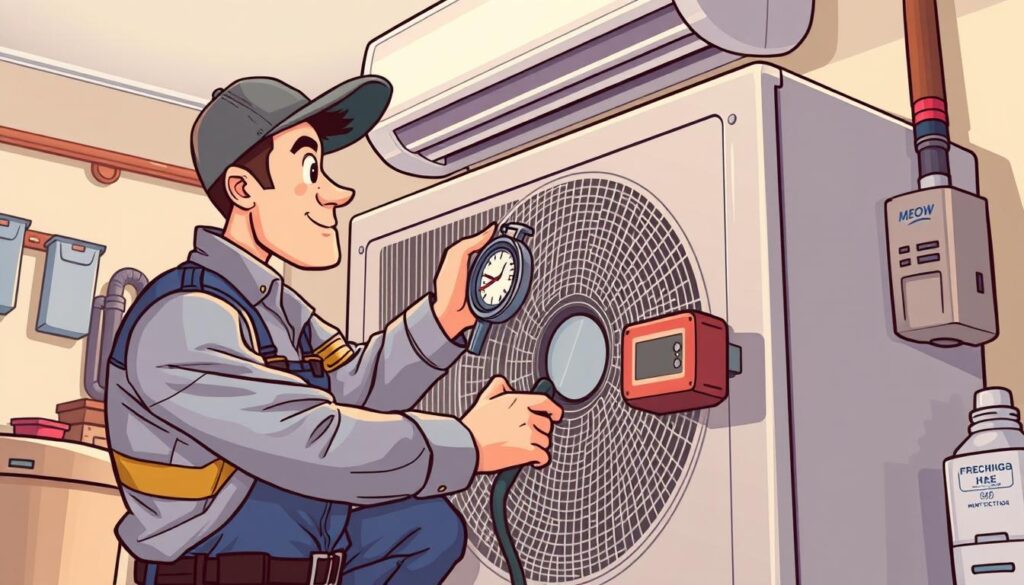
The decision to recharge your AC’s Freon levels is crucial, and understanding your options is key. When your air conditioner is low on Freon, you may be tempted to handle the recharge yourself. However, this decision involves more than just a simple DIY task.
Legal Restrictions on Handling Refrigerants
Handling refrigerants like Freon is regulated by law due to its potential environmental impact. In the United States, the EPA requires that individuals handling refrigerants be certified. This regulation is in place to prevent the improper disposal of refrigerants, which can contribute to ozone depletion and climate change.
Benefits of Hiring a Licensed HVAC Technician
Hiring a licensed HVAC technician for your Freon recharge offers several benefits. These professionals bring specialized diagnostic equipment to accurately identify the root cause of your air conditioner’s refrigerant issues. Here are some key advantages:
- Licensed HVAC technicians ensure your system receives the exact type and amount of Freon or alternative refrigerant specified by the manufacturer.
- Professional service includes proper leak detection and repair, addressing the underlying problem rather than temporarily masking symptoms.
- While hourly rates of $70-$150 may seem expensive, the expertise and efficiency of professional technicians often result in less overall repair time and cost.
- Certified technicians also identify other potential issues during service, potentially preventing more expensive emergency repairs in Arizona’s peak cooling season.
By choosing a professional service, you not only ensure compliance with legal requirements but also benefit from warranty protection on both parts and labor, providing peace of mind that DIY approaches cannot offer.
Additional AC Repairs That May Accompany a Recharge
In Arizona’s hot climate, AC repair needs can escalate quickly, making it crucial to inspect your unit thoroughly during a recharge. Beyond just recharging the Freon, technicians often identify other issues that need attention to ensure the system operates efficiently and effectively.
Leak Detection and Repair Costs
One common issue discovered during a recharge is refrigerant leaks. Detecting and repairing these leaks is crucial, as they can lead to further problems if left unaddressed. The cost of leak detection and repair can vary widely depending on the location and severity of the leak.
Component Replacements
Other components, such as the compressor, may also need replacement during a recharge. The compressor is a critical component of your AC system, and its failure can lead to significant repair costs. Regular maintenance can help identify potential issues before they become major repair needs.
When to Consider a Full AC Replacement Instead
For older systems, especially those using outdated refrigerants like R22, it might be more cost-effective to consider a full AC replacement. Systems older than 10-12 years may be nearing the end of their lifespan, and the cost of repairs, including recharging with expensive, phased-out refrigerants, may not be justified. Newer models offer improved energy efficiency, which can offset the cost of replacement through lower utility bills.
How to Save Money on AC Maintenance in Arizona’s Hot Climate
To keep your air conditioning system running efficiently in Arizona’s hot climate, regular maintenance is crucial. This includes tasks such as changing air filters annually and cleaning AC coils, which can cost between $100 to $400.
A standard AC tune-up costs $75 to $200, with additional costs for repairs or part replacements. By being proactive, Arizona homeowners can save significantly through preventative measures that cost far less than emergency repairs during peak summer months.
Many Arizona HVAC companies offer maintenance plans that provide cost savings through priority scheduling and discounted repairs. Proper maintenance not only saves money on repairs but also reduces energy consumption, lowering monthly utility bills in a climate where cooling costs dominate home energy expenses.
